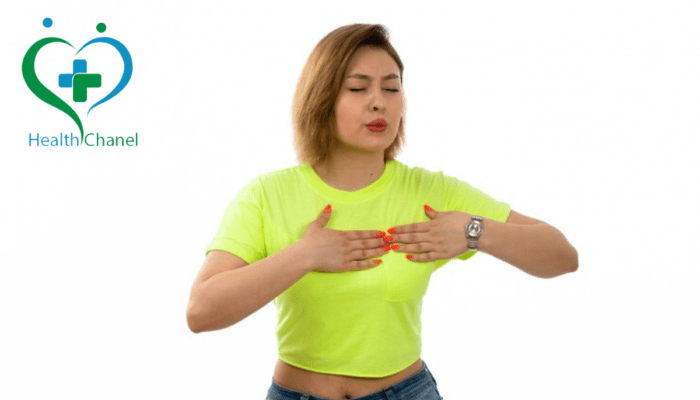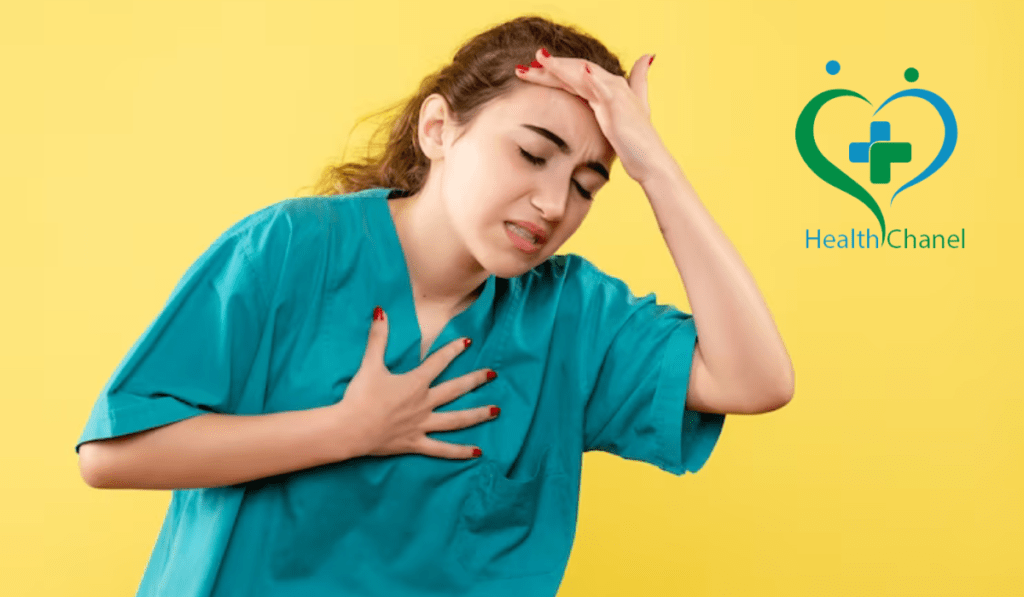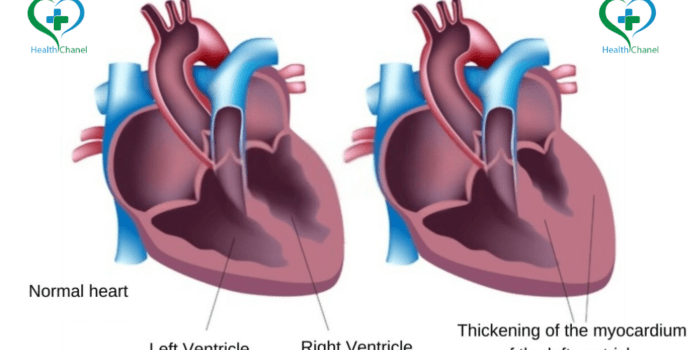Left ventricular hypertrophy (LVH) is a condition in which the muscular wall of the heart's…
Signs of an Unhealthy Heart | Risk Factors for Heart Disease

Heart disease is the main cause of death in the world, claiming the lives of millions of human beings each year. Many human beings be afflicted by coronary heart disease without even understanding the Signs of an Unhealthy Heart. However, in case you understand what to appear for, you could locate the early symptoms of a dangerous coronary heart and take the essential steps to save it from turning worse. In this article, we will speak about common symptoms of a dangerous heart and what you could do to hold your heart healthy.
Table of Contents
- Introduction
- Understanding Heart Disease
- Signs of an Unhealthy Heart
- Chest Pain and Discomfort
- Shortness of Breath
- Irregular Heartbeat
- Fatigue and Weakness
- Swelling in the Legs and Feet
- Light-headedness or Dizziness
- Nausea and Vomiting
- Risk Factors for Heart Disease
- Prevention and Treatment
- Conclusion
- FAQs
Understanding Heart Disease: Unhealthy Heart
Before we dive into the symptoms and signs of an unhealthy heart, let’s first recognize what heart disease is. Heart disease is a wide term used to explain a lot of situations that have an effect on the heart. Some of the most common types of heart disease include
- Coronary artery disease
- Heart failure
- Arrhythmias
Coronary artery sickness takes place when the blood vessels that deliver the coronary heart with oxygen and vitamins end up slender or blocked, decreasing blood flow to the coronary heart. Heart failure occurs when the coronary heart is not able to pump blood successfully at some stage in the body, even as arrhythmias check with abnormal heartbeats.
Signs of an Unhealthy Heart
Here are some common signs of an unhealthy heart that you should be aware of:
1-Chest Pain and Discomfort during Unhealthy Heart
Chest pain or discomfort is one of the most common signs of an unhealthy heart. It can be described as a:
- Squeezing
- Pressure
- Burning sensation in the chest that may also be felt in the shoulders, arms, neck, jaw, or back.
Chest pain may occur during:
- Physical activity
- Emotional stress
- Resting

2-Shortness of Breath and Unhealthy Heart
If you locate self-suffering to trap your breath even after a light physical activity like hiking stairs or doing family chores, it may be a signal of a dangerous heart Condition. Shortness of breath also can be followed by chest aches or discomfort.
3-Irregular Heartbeat and Unhealthy Heart
If you experience an irregular heartbeat, such as a rapid or slow heartbeat, it could be a sign of an unhealthy heart. You may sense like your coronary heart is
- Fluttering
- Pounding
- Skipping a beat
4-Fatigue and Weakness
If you experience tiredness and vulnerable even once you have sufficient sleep, it may be a sign of a dangerous coronary heart. This is due to the fact your coronary heart isn’t always pumping sufficient blood to satisfy the body`s needs, ensuing in fatigue and weakness.
5-Swelling in the Legs and Feet
Swelling in the legs and feet is also a sign of an unhealthy heart. This is because the heart is not pumping blood efficiently, leading to a build-up of fluid in the body.
6-Light-headedness or Dizziness
If you feel light-headedness or dizziness, it is able to be a sign of an unhealthy heart. This is due to the fact the coronary heart isn’t pumping sufficient blood to the brain, leading to a temporary loss of consciousness.
7-Nausea and Vomiting
Nausea and vomiting can be a sign of an unhealthy heart, especially if they occur along with other symptoms like
- Chest pain
- Shortness of breath
- Fatigue
Risk Factors for Heart Disease
Now that you know the signs of an unhealthy heart, it’s important to understand the risk factors for heart disease. Some of the most common risk factors include:
- High blood pressure
- High cholesterol
- Smoking
- Physical inactivity
- Obesity
- Diabetes
- Family history of heart disease
- Age (risk increases with age)

If you have any of these risk factors, it’s important to take steps to reduce your risk of heart disease.
Prevention and Treatment
Fortunately, there are many things you can do to prevent or manage heart disease. Here are some tips:
- Eat a healthy diet that’s low in saturated and trans fats, sodium, and added sugars.
- Get normal exercise, aiming for a minimum of one hundred fifty minutes of moderate-depth cardio pastime or seventy-five minutes of vigorous-depth cardio pastime in line with the week.
- Maintain a healthy weight.
- Quit smoking.
- Manage stress.
- Observe your blood pressure and cholesterol levels.
- Take medications as prescribed by your doctor.
If you’ve already been identified with heart disease, your remedy plan will depend upon the kind and severity of your condition. Your health practitioner might also additionally endorse medications, procedures, or life-style modifications to manipulate your signs and decrease your danger of complications.
Conclusion
An unhealthy heart can cause serious fitness problems, including
- Heart attack
- Stroke
- Heart failure
However, by understanding the signs and symptoms of an unhealthy heart and taking steps to save you or manipulate coronary heart disease, you may reduce your chance of those headaches and stay a longer, healthier life. If you revel in any of the symptoms of an unhealthy heart, make certain to speak in your health practitioner proper away.
FAQs
Q. What is the most common sign of an unhealthy heart?
A. Chest pain or discomfort is the most common sign of an unhealthy heart.
Q. What is the difference between heart disease and a heart attack?
A. Heart disease is a broad term used to describe a variety of conditions that affect the heart, while a heart attack occurs when blood flow to the heart is blocked, causing damage to the heart muscle.
Q. Can heart disease be prevented?
A. Yes, heart disease can be prevented by adopting a healthy lifestyle, such as
- Eating a healthy diet
- Getting regular exercise
- Maintaining a healthy weight
- No smoking
Q. How is heart disease diagnosed?
A. Heart disease is usually diagnosed through a combination of medical history, physical exam, and diagnostic tests, such as
- Electrocardiogram (ECG)
- Echocardiogram
- Stress test
Q. What should I do if I experience any of the signs of an unhealthy heart?
A. If you experience any of the signs of an unhealthy heart, such as
- Chest pain
- Shortness of breath
- Irregular heartbeat
Be sure to talk to your doctor right away. They can help determine the cause of your symptoms and recommend appropriate treatment.
Also, Read Other Articles
Does Creatine Cause Hair Loss? We Review the Evidence


